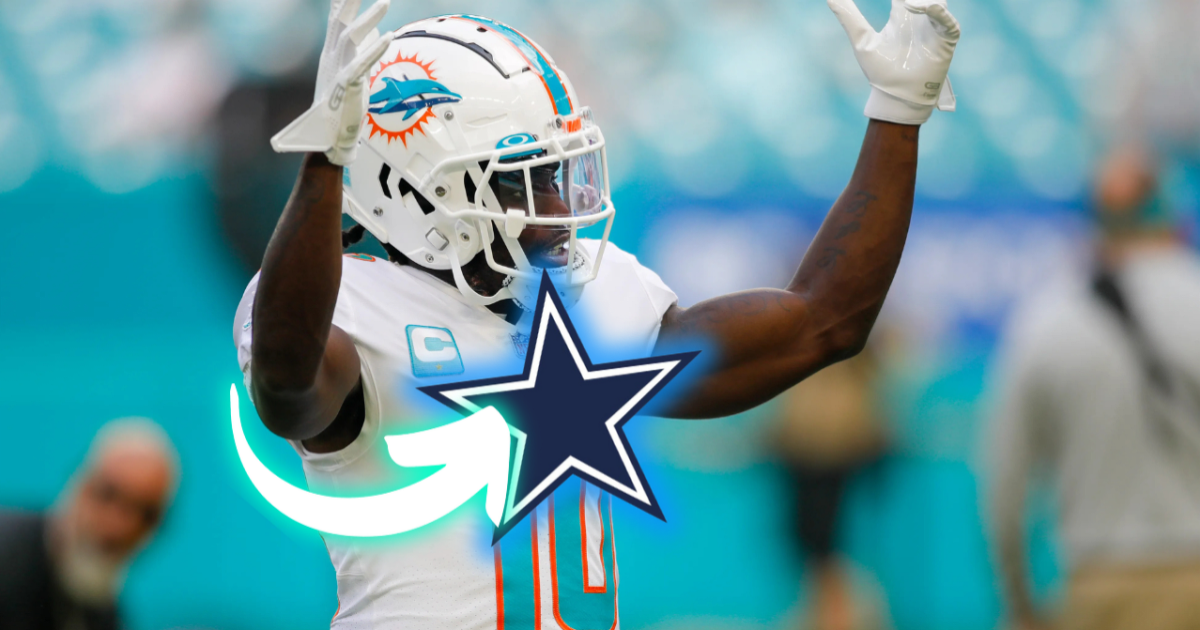The buzz around a potential Tyreek Hill trade has picked up steam, especially fresh off of Dallas Cowboys COO Stephen Jones’ quotes from the owners meetings.
But the reality is far more nuanced than the headlines suggest. For both the Dolphins and Cowboys, the timing—and structure—of a deal would drastically shape its feasibility.
For Miami, a pre-June 1 trade would trigger $28 million in dead cap, more than Hill’s 2025 salary. That scenario only makes sense if the Dolphins are truly eager to rip the bandaid off.
The smarter move, financially, is a post-June 1 trade, where the cap hit is split across two seasons, saving the team $15 million in 2025.
Releasing Hill? Financially catastrophic. A pre-June 1 release would create $56 million in dead cap, while even a post-June 1 release would saddle the team with $41 million in 2025 and another $15 million in 2026.
The best way for Miami to move forward is to trade him post June-1 unless they value picks from this years 2025 draft much more. They would likely be able to negotiate higher draft capital in exchange for Hill’s services considering they would eat significantly more dead money ($28 million) and lose all of their cap savings.
For Dallas, the cost is twofold. First, they’d need to surrender 2026 draft capital—likely a second-round pick and a sweetener. Then comes the contract: a $14.9 million cap hit in 2025, followed by a staggering $39 million in 2026. While contract restructuring is always possible, that’s a steep price for a speed-based receiver approaching 33 years old.
It’s also worth noting as per overthecap.com: none of Tyreek Hills $39 million compensation in 2026 is guaranteed.
In theory, the numbers work. But practically, it’s a high-stakes move requiring careful cap gymnastics from both sides.
If a trade happens, it’ll be post-June 1. And both teams better know exactly what they’re signing up for.
